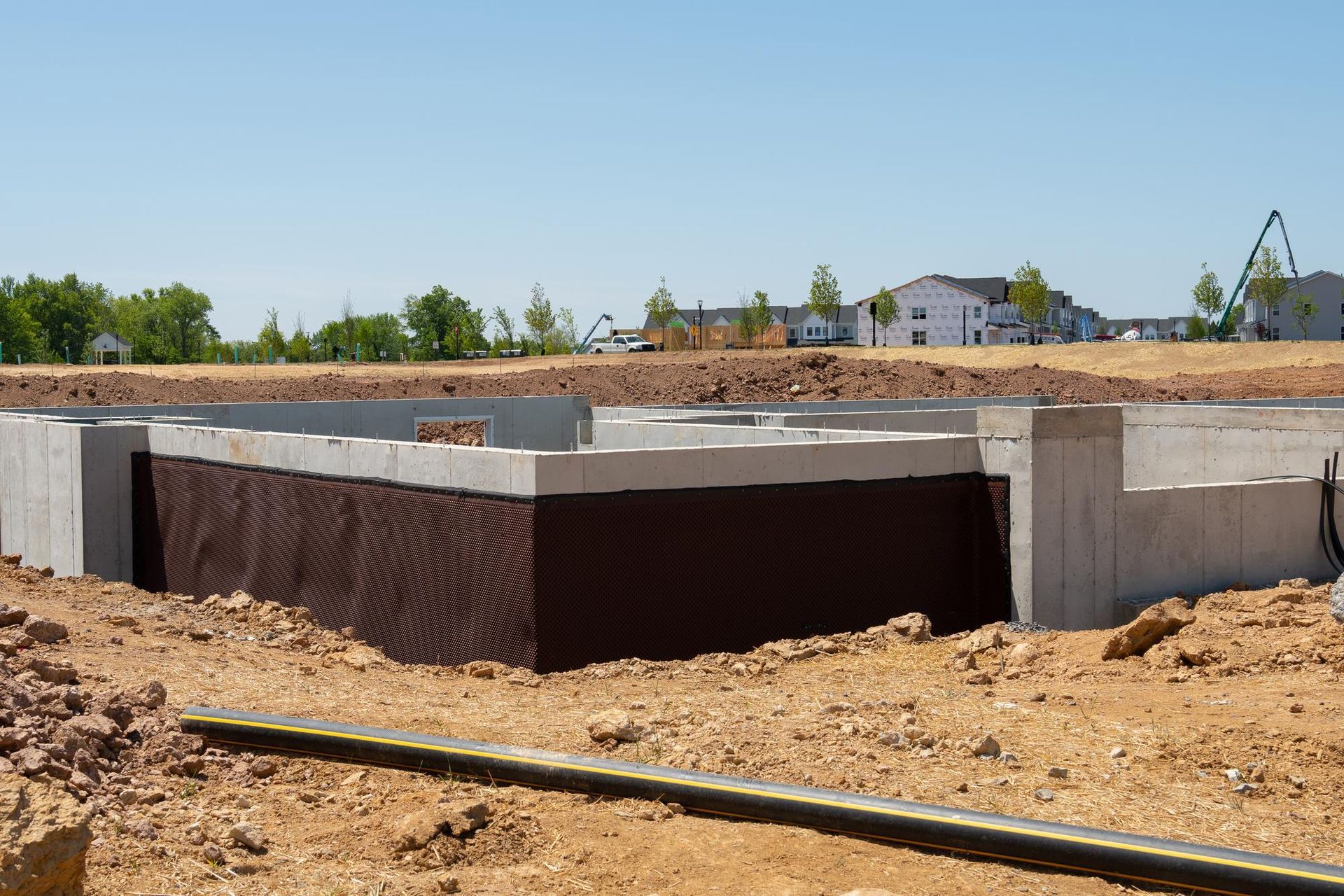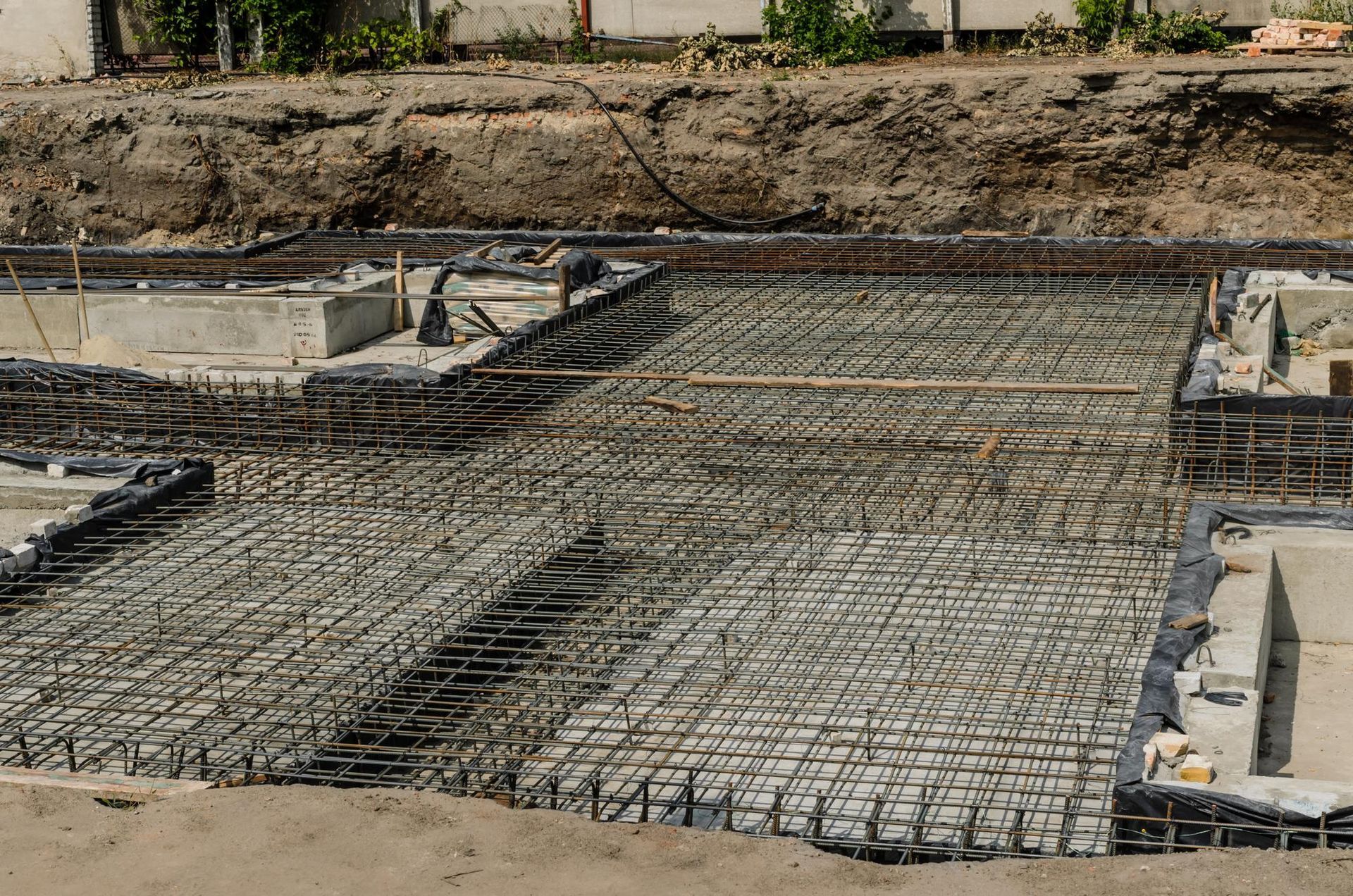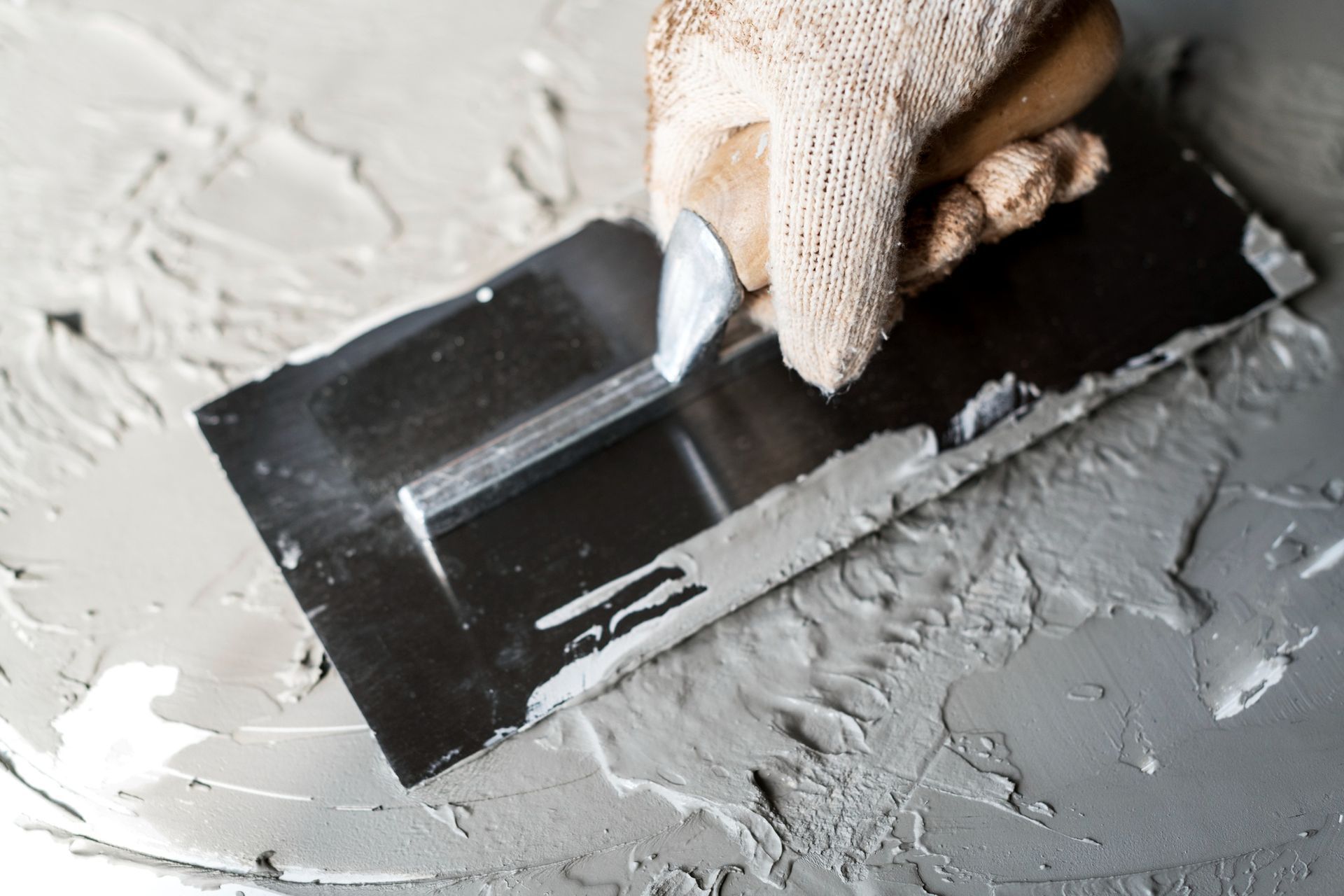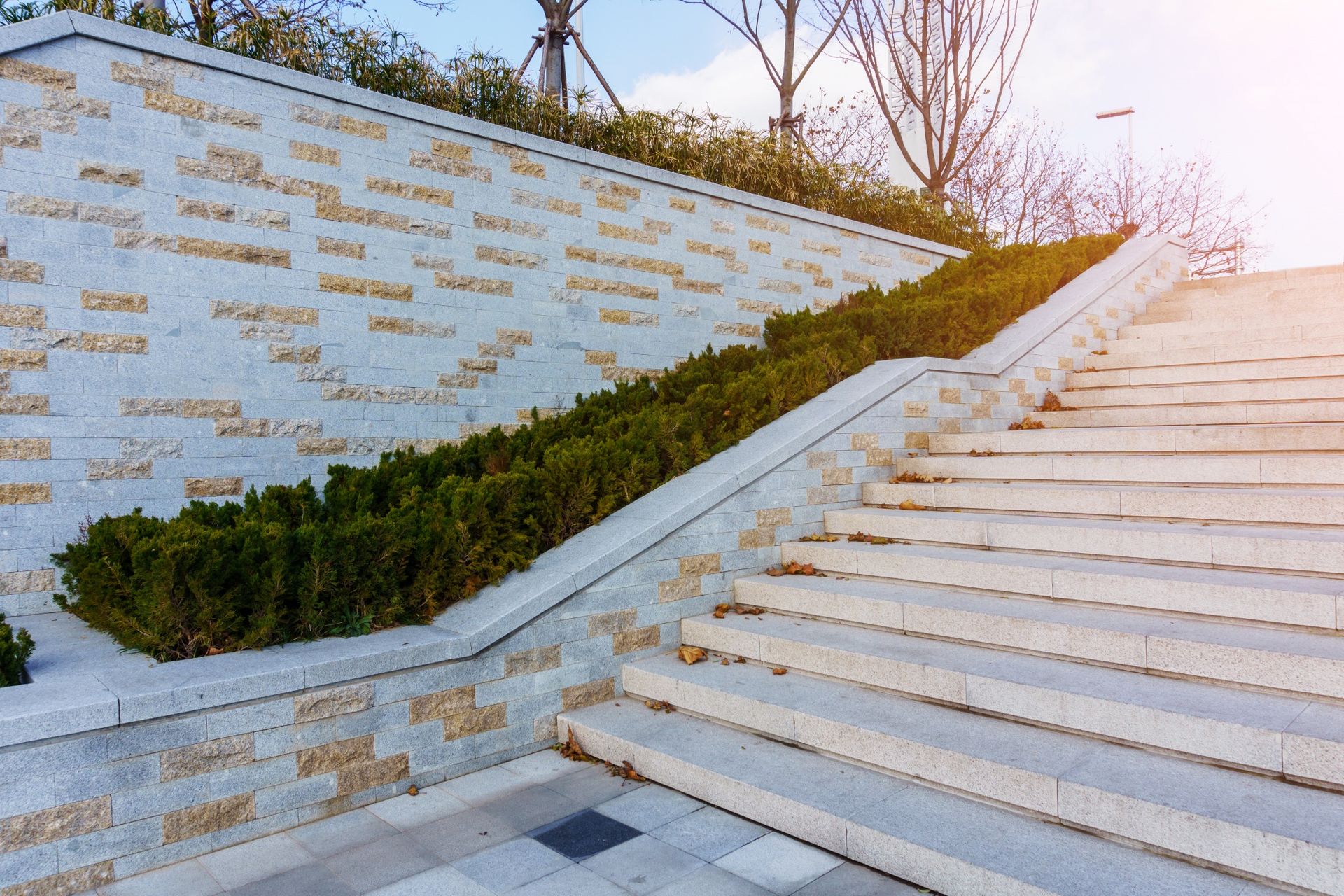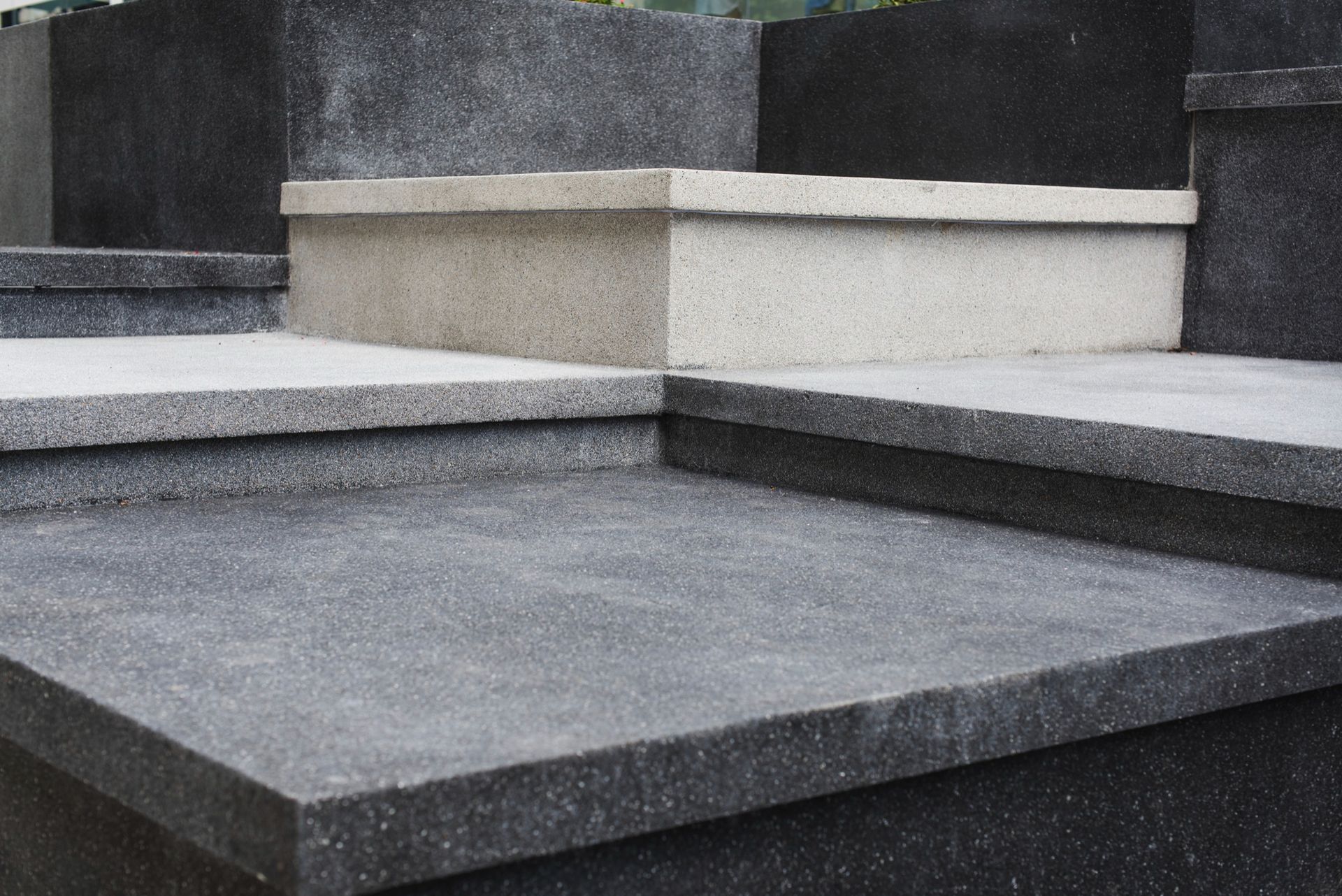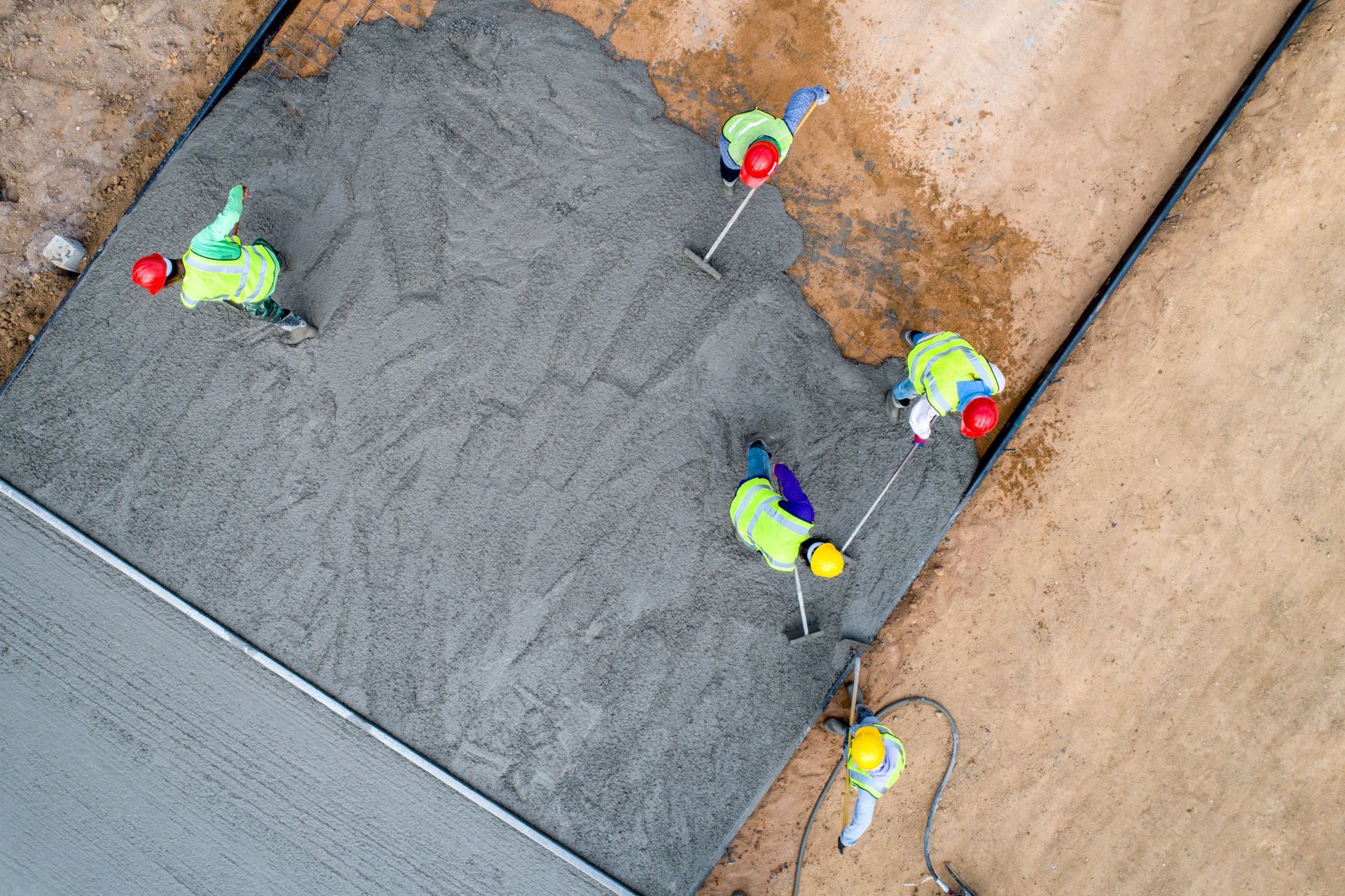How Paver Patio Construction Enhances Outdoor Spaces
Have you ever looked at your backyard and imagined it transforming into a beautiful, functional outdoor living space? Paver patio construction is the key to turning this dream into reality. Paver patios have become a cornerstone in outdoor landscaping, not just for their durability and versatility but for the incredible charm they add to any home. In this article, we'll dive deep into how paver patio construction can significantly enhance outdoor spaces, making them more inviting and usable throughout the year.
Understanding Paver Patios
Paver patios are made from paving stones or "pavers," which are thick, flat stones designed for outdoor use. These can be made from various materials, including concrete, brick, and natural stone, each offering its unique aesthetic and benefits. The concept of laying stones for outdoor flooring dates back centuries, providing a time-tested solution for durable and attractive outdoor surfaces. Today, paver patios are celebrated for their flexibility in design, allowing homeowners to create unique outdoor spaces that reflect their style and the character of their homes.
Aesthetic Enhancements
One of the most exciting aspects of paver patio construction is the vast array of design possibilities. Whether you prefer a classic herringbone pattern, a rustic cobblestone look, or a sleek, contemporary design, there's a paver and a pattern to suit your taste. The choice of colors, textures, and shapes is nearly endless, enabling a truly customized outdoor space. A well-designed paver patio not only complements your home's architecture but also serves as a standalone piece of landscape artistry, enhancing the overall beauty of your outdoor environment.
Functionality and Usability
Beyond aesthetics, paver patios bring incredible functionality to your backyard. They seamlessly extend your living space outdoors, creating a perfect venue for everything from quiet morning coffees to large family barbecues. Unlike lawns that require regular maintenance and can turn muddy in rainy seasons, paver patios offer a stable, level surface that's ready for use all year round. The inherent durability of paving stones also means they can withstand heavy foot traffic and furniture, making them ideal for any outdoor activity.
Durability and Maintenance
When it comes to outdoor landscaping, longevity, and ease of maintenance are key. Paver patios score high on both counts. The strength of the materials used in paver patio construction ensures that your outdoor space can withstand the elements, from the scorching sun to freezing temperatures, without cracking or becoming disheveled. Even in the event of damage, the design of paver patios allows for easy replacement of individual pavers, making repairs a breeze compared to fixing a concrete slab. Regular maintenance is as simple as occasional sweeping and rinsing with water, ensuring your patio remains a stunning focal point for years to come.
Environmental Benefits
Today, more than ever, there's a growing emphasis on environmentally friendly landscaping solutions. Paver patio construction can contribute positively to this trend. Permeable pavers, a popular choice for many homeowners, allow water to seep through the gaps between the stones, reducing runoff and promoting natural groundwater recharge. Furthermore, many paving stones are made from recycled or sustainable materials, minimizing the environmental impact of your outdoor renovation. By choosing paver patios, you're not just enhancing your home but also making a greener choice for the planet.
Property Value and Appeal
A well-designed paver patio not only enhances the beauty and functionality of your outdoor space but also significantly boosts your home's overall appeal and market value. Real estate professionals often highlight the importance of curb appeal and outdoor living features when it comes to selling a home. A paver patio, with its timeless charm and durability, presents an attractive selling point that can catch the eye of potential buyers. This outdoor addition creates an inviting atmosphere for entertaining, relaxing, and enjoying nature, which can be a deciding factor for buyers looking for a ready-to-enjoy outdoor living space. Moreover, the versatility in paver patio design allows homeowners to create a space that can appeal to a wide range of tastes, ensuring that the patio adds value regardless of the market trends.
Planning Your Paver Patio Construction
The planning stage is crucial in transforming your vision for an outdoor living space into reality. Begin by assessing the intended use of the patio—whether it's for dining, lounging, or as a play area for children. This will help determine the size and location of the patio. Consider the sun's path and your privacy needs to decide on the ideal placement. It's also important to check local zoning laws and homeowners association regulations before starting your project.
Selecting materials that complement your home's exterior and landscape will create a cohesive look. Consider the color, texture, and style of the pavers, keeping in mind the overall aesthetic you wish to achieve. It's also wise to think about future landscaping or outdoor projects and how they might integrate with your patio.
Hiring a professional designer or landscape architect can provide valuable expertise, ensuring that your patio is both beautiful and functional. They can help with everything from choosing the right materials to solving complex grading issues, ensuring that your patio is built to last.
Creative Ideas and Trends
Staying abreast of the latest trends in paver patio construction can inspire unique design ideas for your outdoor space. Mixed materials, such as combining pavers with natural stone accents or integrating greenery between pavers, can add texture and visual interest. Incorporating outdoor lighting into your patio design not only extends its usability into the evening but also adds ambiance and safety.
Current trends also lean towards creating outdoor rooms that reflect the comfort and style of indoor living. Consider adding a pergola for shade, a built-in fire pit for warmth and atmosphere, or a water feature for tranquility. Outdoor kitchens and bars are popular for those who love to entertain, turning the patio into the heart of outdoor gatherings.
Sustainability is another growing trend in patio design. Eco-friendly options like permeable pavers allow water to percolate through the surface, reducing runoff and promoting natural water filtration. Choosing locally sourced materials and native plants can also minimize the environmental impact of your patio construction.
By incorporating these trends and creative ideas into your paver patio construction, you can create a space that is not only functional and beautiful but also reflective of your personal style and the latest in outdoor living design.
Expanding on these sections provides a comprehensive overview of the considerations and creative possibilities involved in planning and executing a paver patio project, ensuring the content is both informative and engaging for the reader.
Conclusion
Paver patio construction offers a versatile, durable, and aesthetically pleasing solution for enhancing outdoor spaces. At Bri-Mic Construction, Inc., we pride ourselves on transforming your outdoor living visions into reality. Our expertise in paver patio design and construction ensures that every project we undertake is built to last, requiring minimal maintenance while offering maximum enjoyment. Whether you're dreaming of a cozy nook for family gatherings or envisioning a sprawling area for grand entertaining, we can tailor a paver patio solution that perfectly matches your needs and preferences. Choosing to invest in a paver patio with Bri-Mic Construction, Inc. means you're not just upgrading your home; you're investing in a lifestyle that celebrates the beauty and versatility of outdoor living. Experience the difference with North Collins, NY's top paver patio specialists. Give us a call today at 716-337-0500 to start bringing your outdoor dreams to life.

